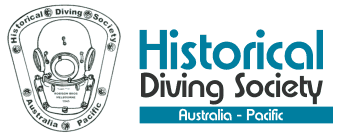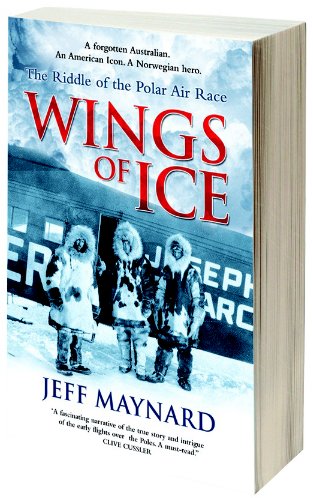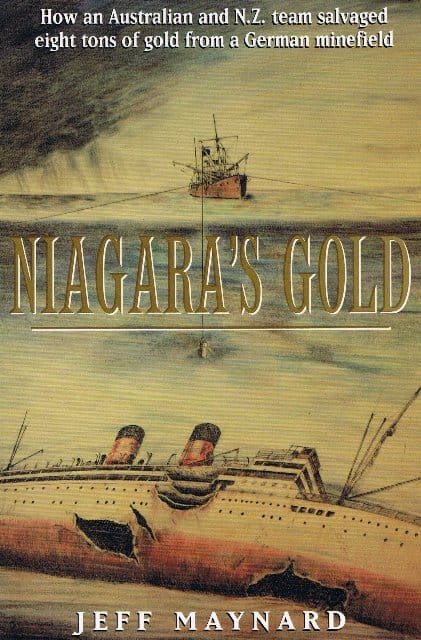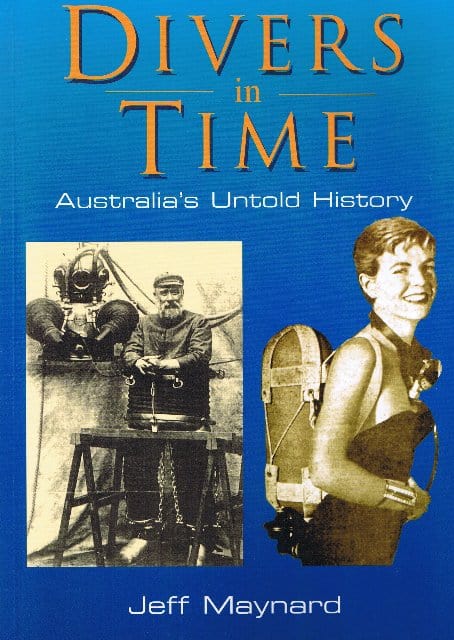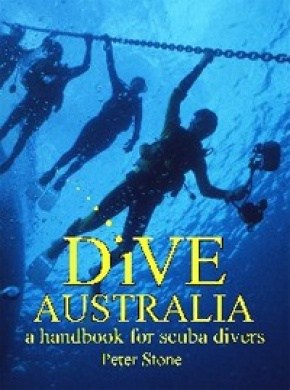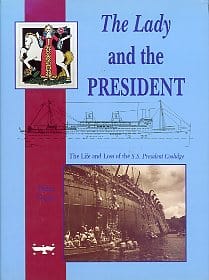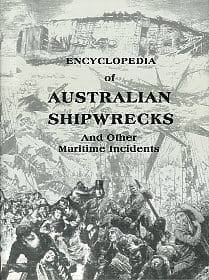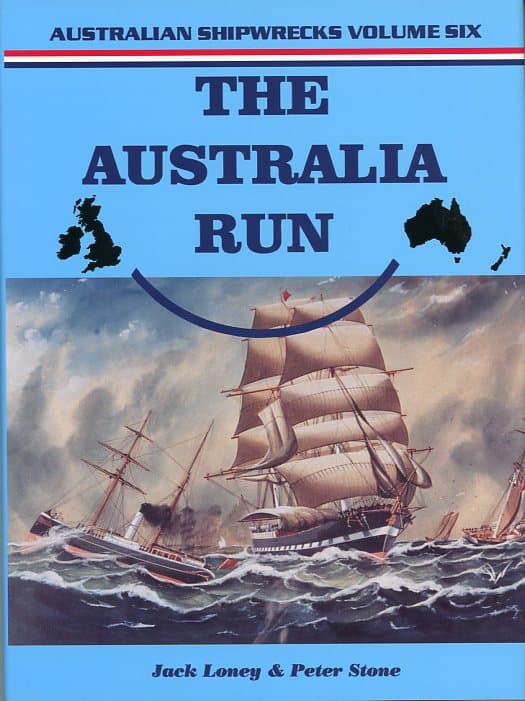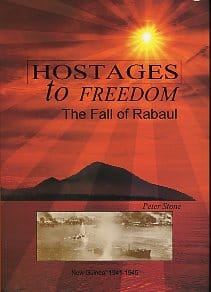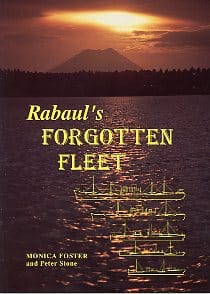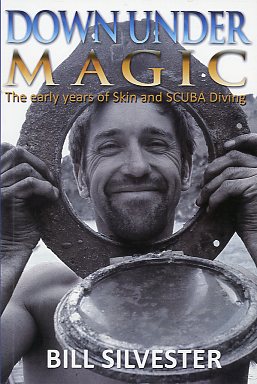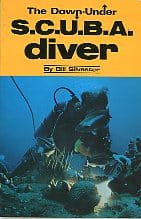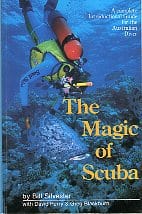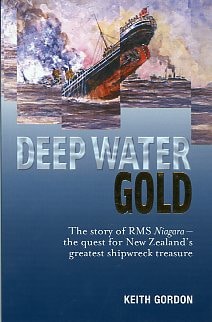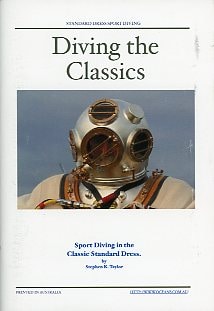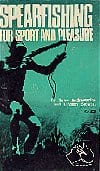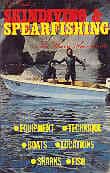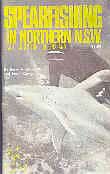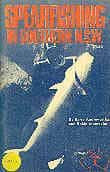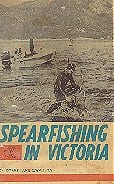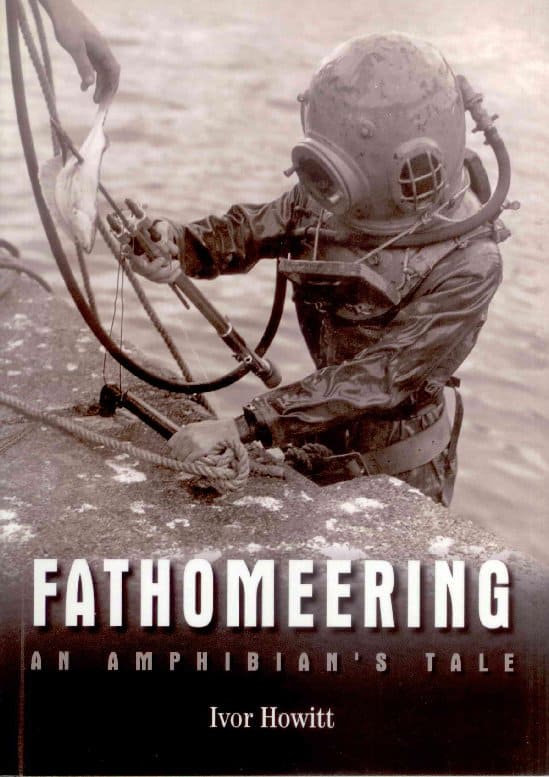Down Under Magic – The Early Years of Skin and Scuba Diving
Bill Silvester.
Softcover, 282 pages, many mono photographs.
All early Melbourne divers in the fifties, sixties and early seventies would remember Bill Silvester, or at least certainly know of him. Through the Black Rock Underater Diving Group, and his Associated Divers’ Academy (which he founded), many would have been trained by Bill and his insructors at ADA. After a soujourn in spearfishing (like so many others), Bill easily moved into scuba in the early days of the development of the sport. It is his reminiscent memories of these early days of the establishment of scuba in Melbourne that make the book so interesting – and as a valuable document in the oral – and now written – history of the sport.
I was a johnny-come-lately to scuba and not trained by ADA in 1970, but five or so years later I did a ‘refresher’ course with ADA to gain the FAUI open water card, then a necessity (along with others) to get a fill, hire gear etc. By then Bill had moved on to New South Wales. Down Under Magic is what I understand to be the first in maybe a trilogy of Bill’s autobiography, and for Victorian divers, the most interesting I am sure as it reflects the play-ground that we are so familiar with. After a couple of chapters of Bill’s early life as a young Pommy immigrant, (he arrived in Melbourne in 1946), Bill shares his early days of spearfishing before scuba. Surprisingly perhaps, it was Bill’s father who saw a spearfisherman off Mornington one day which encouraged the elder Silvester to take up the sport, and young Bill soon followed, with such enthusiasm that is still typical of the man to this day.
Spearfishing championships followed, and the formation of Black Rock Skindivers, as it was then. As scuba entered the scene and ad-hoc training was by friend and clubs, it was inevitable that commerial scuba courses would soon follow. The establishment of ADA (when?, I could see no date) resulted from a need – many spearfishers were itching to get on to scuba, (perhaps for the wrong reasons), and willing to pay four quid for a course. By now we are about half-way through the book, and Bill goes on to describe some superb dive sites around the Victorian coast and Bass Strait, Mount Gambier and the Capricorn Group (Qld), that we still enjoy.
To many older divers, these reminisces will bring back fine memories. They were the pioneering days of wreck diving and Bill was not averse to putting a stick of AN70 down his pants and blowing up a wreck to retrieve the non-ferrous material. Even if not trained by ADA, the authoritive textbook for scuba training in the seventies was The Down Under Scuba Diver by Bill. He followed this up with The Magic of Scuba many years later. There are several reasons that establish Down Under Magic as a valuable book – its historic record (could use more dates, Bill!), its parochial nature of Victorian divers, and its easy casual read. It’s the sort of book that you can dip into, or just read of those wrecks and incidents of relevance to your own past. It is certainly a book for us oldies, but the younger divers would do well to read of how scuba was developed in Victoria. Quite fascinating really. Bill and his mates were true pioneers of diving in Australia.
Retailing for $24.00. (Details above – Members review – Peter Stone).
